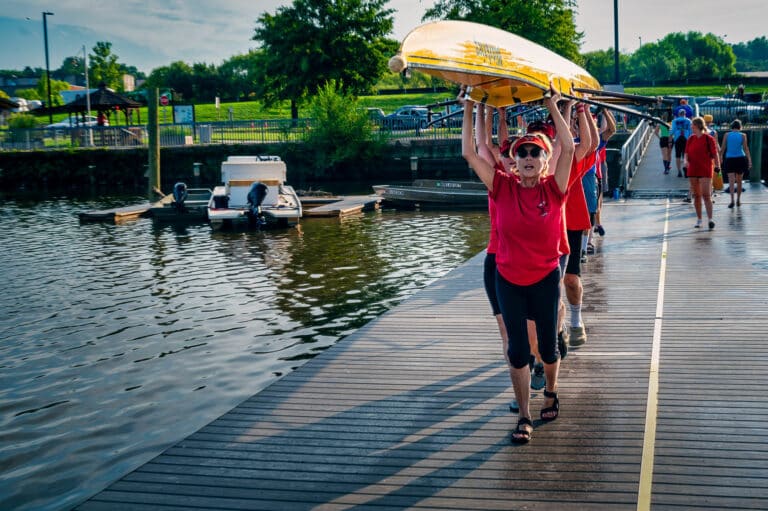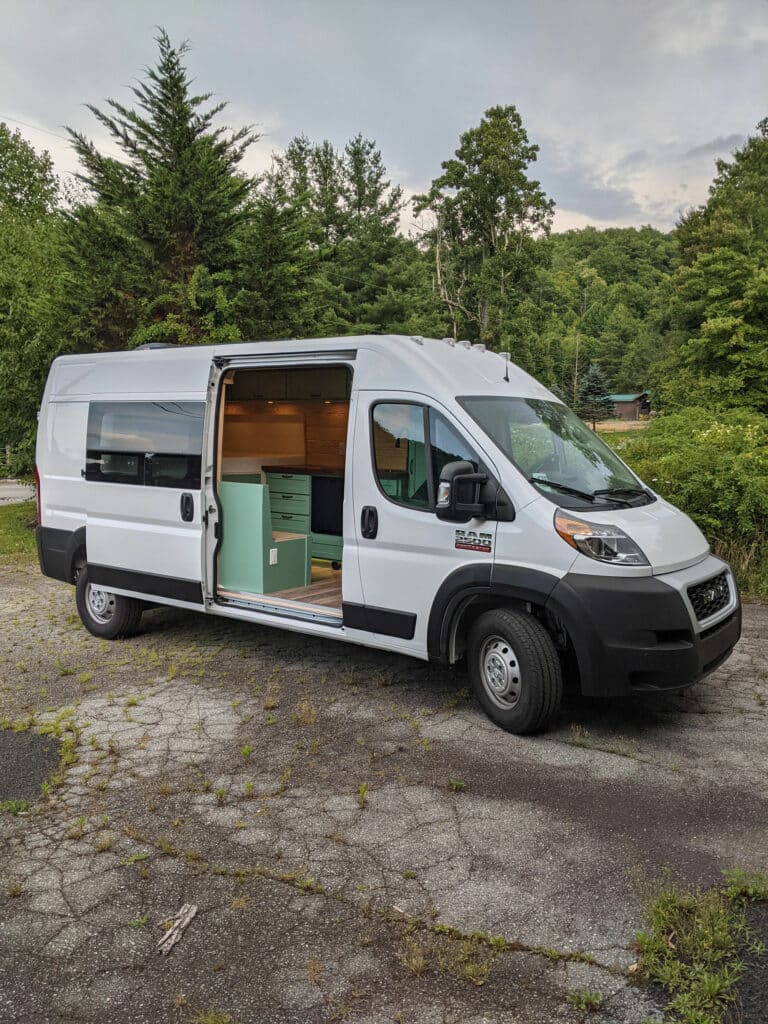University of Washington research indicates doctors may someday prescribe hikes
Researchers at the University of Washington have embarked on research that could
one day allow doctors to prescribe patients a hike in the great outdoors. Chronic
diseases and mental health conditions plague today’s society but according to the
best available evidence, contact with nature may reduce obesity, ease anxiety and
depression, help people connect socially, and ignite creativity. But the average
person spends just five percent of their day outside. The Nature for Health initiative
at University of Washington has launched a program to find out more about the
impacts of nature on human health. Focusing on five sectors—veterans, children,
the elderly, healthcare providers and underserved populations, the program will
study the effects of nature on human wellness in the hopes that one day doctors may
instruct patient to head outdoors to cure what ails them.
An Appalachian organization is working to plant lavender on old coal mine sites
A startup incubator in South Charleston, West Virginia called West Virginia Regional Technology Park is bringing life back to the earth and rock left behind after mountaintop removal mining. Mountaintop removal is a form of surface mining that removes up to 400 vertical feet of mountaintop to expose the coal underneath. The practice began in the 1970’s; today there are more than 330,000 acres of defunct mountaintop removal land in West Virginia alone. But a group called Cultivating Appalachia has begun growing lavender at mountaintop removal sites to be harvested for oil used in soaps, lotions and perfumes. Lavender loves dry, rocky soil and the incubator has had success growing two types of lavender. The program also runs a training program, and connects potential farmers with mine owners who are legally obligated to “reclaim” their sites. The executive director of the technology park estimates the sites could generate around $10,000 an acre, making it a potential $3.3 billion industry.
Dead trees in Harrisonburg, VA support local artisans and businesses
Ash trees affected by the emerald ash borer, a non-native beetle responsible for the
destruction of tens of millions of trees in 30 states, are finding new life in
Harrisonburg, VA thanks to an urban wood utilization program by the City of
Harrisonburg and the Department of Forestry. The city hopes to give new life to the
fallen urban trees by sending the wood from the trees to a local sawmill and then putting the wood into the hands of local artists who will ultimately send the wood
back out into the community as conference tables and other functional works of art. The program hopes to keep the dead trees out of landfills and into the hands of local
woodworkers. Though there are treatments available for ash trees affected by the
emerald ash borer and a cost share program provided by the Department of
Forestry, treatments ultimately just prolong the dying process.








